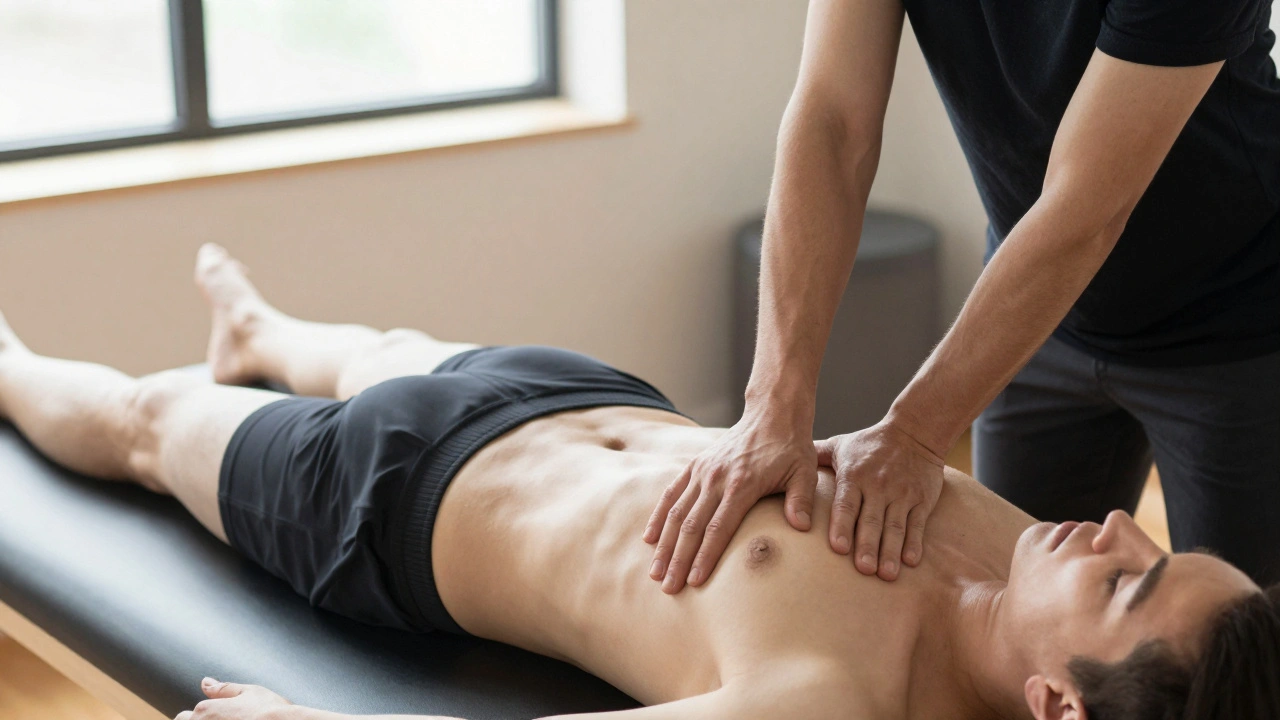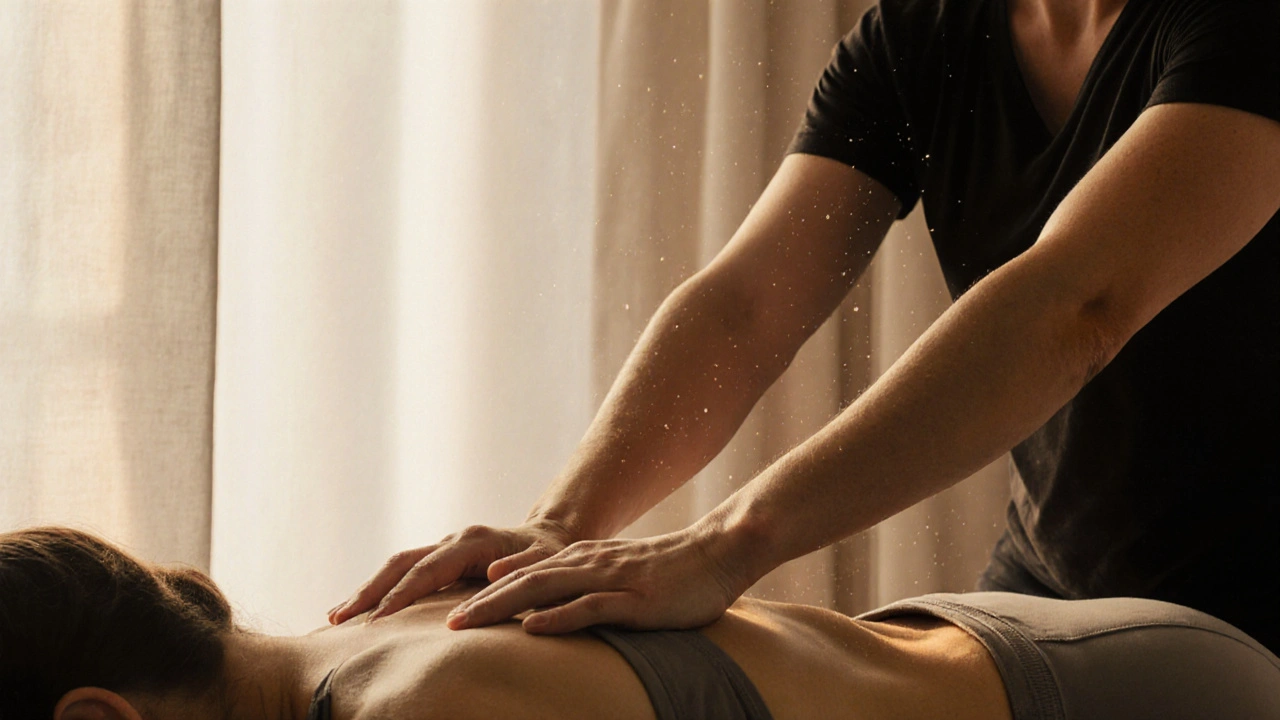Structural Integration: what it is and why it matters
Think of structural integration as body work that goes beyond a relaxing massage. It targets your fascia—the web of tissue that wraps muscles and holds your shape—to change how you stand, move, and feel. People who try it often report better posture, less chronic pain, and easier movement after a series of sessions, not just a single treatment.
What it does and who it helps
Structural integration aims to reorganize soft tissue so your skeleton can sit in a more balanced way. Therapists use hands-on work plus movement education to loosen tight areas and retrain habits that cause strain. This helps with low back pain, neck tension, recurring injuries, poor posture, and conditions such as scoliosis where alignment matters. Athletes, desk workers, and people recovering from repetitive strain often see the biggest gains.
It’s different from a standard deep-tissue massage. Instead of focusing only on sore spots, the therapist looks at whole-body patterns. Sessions may feel intense at times, and you’ll usually get homework—simple movement or stretching practices—to keep progress steady.
How to choose a practitioner & what to expect
Training and experience vary. Look for someone with formal training in structural integration or Rolfing, and ask how long they’ve been practicing. Good questions: Do you do a movement assessment? How many sessions do you recommend? Can I see client results or references? If a therapist promises instant fixes in one visit, be skeptical—lasting change usually takes a short series of sessions.
A common plan is a 10-session series that moves from surface work to deeper alignment and finishes with movement re-education. Expect an intake that covers your history, posture photos or movement tests, hands-on work, and simple exercises to practice at home. Some soreness or tiredness for a day after a session is normal; staying hydrated and moving gently helps recovery.
Pairing structural integration with movement-based methods—like Feldenkrais, Ortho-Bionomy, or targeted physical therapy—can speed results. If you have a specific condition such as scoliosis, tell the practitioner; there are Rolfing articles and case notes that show real improvements when therapy is tailored.
Watch out for red flags: practitioners who push painful sessions without feedback, or those who dismiss medical history. If you have recent fractures, active inflammation, or serious medical issues, get medical clearance first.
If you want posture that feels easier, less nagging pain, and movement that feels natural, structural integration is worth exploring. Start with a short consult, ask about their approach to movement education, and pick someone who explains what they’ll do and why. Small, consistent work with a skilled practitioner often leads to the biggest, longest-lasting gains.

Unleashing the Power of Rolfing for Body Balance
Rolfing realigns your body by releasing fascial restrictions to restore natural posture and movement. Unlike temporary fixes, it creates lasting structural change through a 10-session series focused on whole-body balance.

Unlocking the Mysteries of Hellerwork Bodywork Therapy
Hellerwork bodywork therapy combines deep fascial release, movement education, and emotional dialogue to realign the body with gravity. Unlike massage, it creates lasting structural change for chronic pain, posture issues, and emotional tension.

Revolutionize Your Wellness: How Hellerwork Therapy Transforms Body Health
Explore the lasting benefits of Hellerwork, from pain relief to postural transformation—learn the science, process, and real-life impact of this unique mind-body therapy.

Hellerwork: Rethinking Body Alignment for Better Health
Hellerwork is a holistic approach to body alignment that focuses on the structural and emotional well-being of individuals. By integrating deep tissue bodywork, movement education, and mindfulness, it aims to relieve chronic pain and improve posture. This article delves into the key components of Hellerwork, the benefits it offers, and how it differs from traditional therapies. Learn how Hellerwork can transform your body's alignment and enhance your life.

Discovering Hellerwork: The New Age of Body Therapy
Hellerwork offers a comprehensive approach to body therapy that encompasses structural integration, movement education, and emotional connection. Learn how this therapy can improve physical posture, relieve pain, and boost overall well-being by addressing the body holistically. Discover the principles behind Hellerwork, its benefits, and practical tips to incorporate its techniques into daily life.
Categories
- Health and Wellness (148)
- Alternative Therapies (86)
- Massage Therapy (40)
- Travel and Culture (15)
- Beauty and Skincare (9)
- Holistic Health (8)
- Health and Fitness (5)
- Spirituality (5)
- Other (2)
- Personal Development (2)



